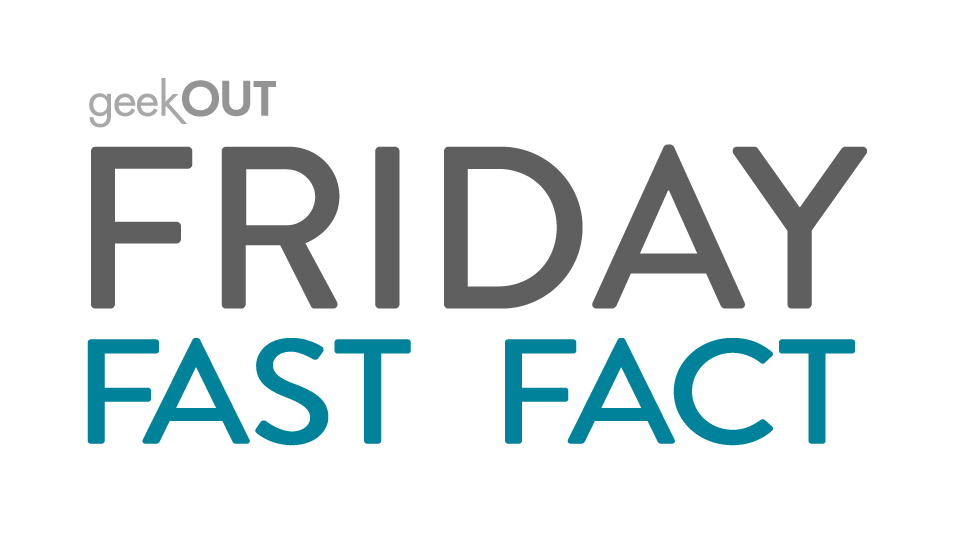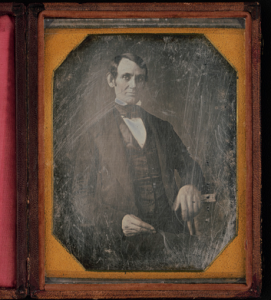On This Day in History: August 19th
Geopath (Saturday) Fast Fact

In the omni-digital world we live in today, we’re surrounded by images and video everywhere. In our day-to-day personal lives, our profession circles, and the world of entertainment, it can be easy to overlook how present and commonplace pictures and videos have become.

It is important to remember, however, that photography (much less digital photography) is still a relatively new process – in that regard, the advancements that have been made here in less than 200 years are tremendous.
Photos (and in turn, video) as we know them today would not exist without the work of French inventor and artist Louis Daguerre, and his creation of the “Daguerreotype” process in the 1830s. However, the actual focus of this piece is not his creation of the Daguerreotype process itself, but something arguably as important as the process. It was on August 19, 1839 that Louis Daguerre and the French Government made this process “free to the world” – the resulting boom in photography (and the inherent idea of capturing and sharing images) is something that is felt everywhere today.

The Daguerreotype process is a complicated and delicate combination of photography and chemistry, utilizing metal plates and several chemical solutions. Before the invention of this process, artistic depictions such as portraits were the only feasible way to capture someone’s likeness.
Much as Gutenberg’s printing press led to the proliferation of books and texts around the world, so too did Daguerre’s release of the Daguerreotype for the world of photography and the capturing of history.
His sharing of this process led to many pivotal advancements in photography over the ensuing decades; in fact, the Daguerreotype itself was largely replaced by other processes within 2 decades, falling mostly into disuse by 1860. Daguerre’s impact was seismic, and is something that can still be felt today, even reaching as far as the OOH medium itself.
As we well know, the general existence of OOH-style advertising has been around for quite a long time (certainly pre-dating the use of photography in advertising). The “first” billboard in the US is generally attributed to artist Jared Bell in 1830s, in the form of a painted sign for the Barnum & Bailey Circus. There are also early instances of external wall murals, advertising brands like Coca Cola, making use of illustrations and paint to bring their ads to life.
A similar occurrence can be seen in advertisements across mediums in the late 1800s/early 1900s. It was quite common for ad placements to be painted or illustrated, perhaps because of both stylistic preference, and because photography was still somewhat nascent at this time, on a larger scale.
Eventually, product photography and pictorial ads came further into favor, along with artist-created paintings/illustrations in ads. Though many other design techniques and possibilities exist today, it would be difficult to imagine advertising not utilizing photography (or video, in the case of things like DOOH). The advertising landscape, particularly that of OOH, is widening; new formats, and new uses of existing formats, are constantly coming into new focus as time goes on.
It’s difficult to say where OOH, advertising as a whole, or media in general would be without the photography and video made possible by Louis Daguerre’s Daguerreotype – I certainly can’t picture it!
